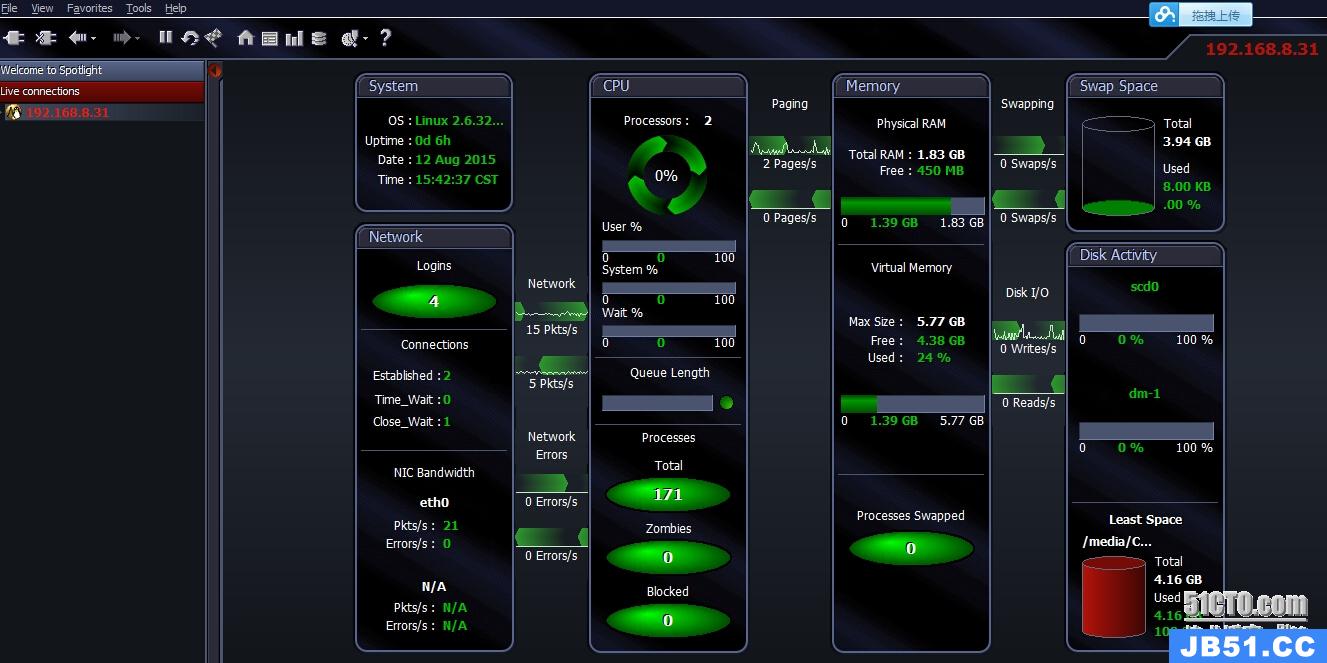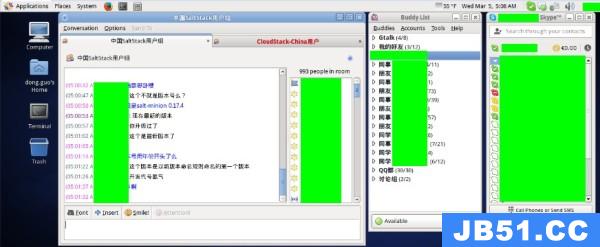1.安装 uwsgi
pip3 install uwsgi
def application(env,start_response):
start_response('200 OK',[('Content-Type','text/html')])
return [b"Hello World"]
3.在8000端口上面部署(前一章已经把8000端口对外开放了)
在foobar.py所在目录运行下面的语句
uwsgi --http :8000 --wsgi-file foobar.py
然后通过浏览器访问服务器的8000端口:
4.多进程,线程配置
可以通过--processes 和 --threads 来配置多个进程和线程
uwsgi --http :9090 --wsgi-file foobar.py --master --processes 4 --threads 2
这个会创建4个进程,每个进程有2个线程,还有一个主进程(在其他进程挂掉后,会重新启动挂掉的进程)
和一个http的router
5.镜像--暂时没用到
One important task is monitoring. Understanding what is going on is vital in production deployment. The stats subsystem allows you to export uWsgi’s internal statistics as JSON:
uwsgi --http :9090 --wsgi-file foobar.py --master --processes 4 --threads 2 --stats 127.0.0.1:9191
Make some request to your app and then telnet to the port 9191,you’ll get lots of fun information. You may want to use “uwsgitop” (justpipinstallit),which is a top-like tool for monitoring instances.
6.部署在Django上面
django的应用,前一章已经创建过了,在那个应用的基础上来进行部署
在manger.py所在目录
uwsgi --http ***.***.***.***:8000 --chdir /home/aslan/myblog/ --wsgi-file myblog/wsgi.py --master --processes 4 --threads 2 --stats 127.0.0.1:8080
通过浏览器访问8000端口可以正常访问:
uwsgi --socket ***.***.***.***:8000 --chdir /home/aslan/myblog/ --wsgi-file myblog/wsgi.py --master --processes 4 --threads 2 --stats 127.0.0.1:8080
--socket和 --http的区别是:
???
[uwsgi] http = ***.***.***.***:8000 chdir = /home/aslan/myblog/ wsgi-file = myblog/wsgi.py #这个文件是django创建应用时自动创建的 processes = 4 threads = 2 stats = 127.0.0.1:9001
然后通过下面的命令运行:
uwsgi user.ini
可以实现和上面命令行一样的效果
/home/aslan/myblog/myblog/wsgi.py是Django创建应用时创建的,如果你的应用里面没有,说明你的Django的版本比较低了 < 1.4。现在我使用的是django 1.10



